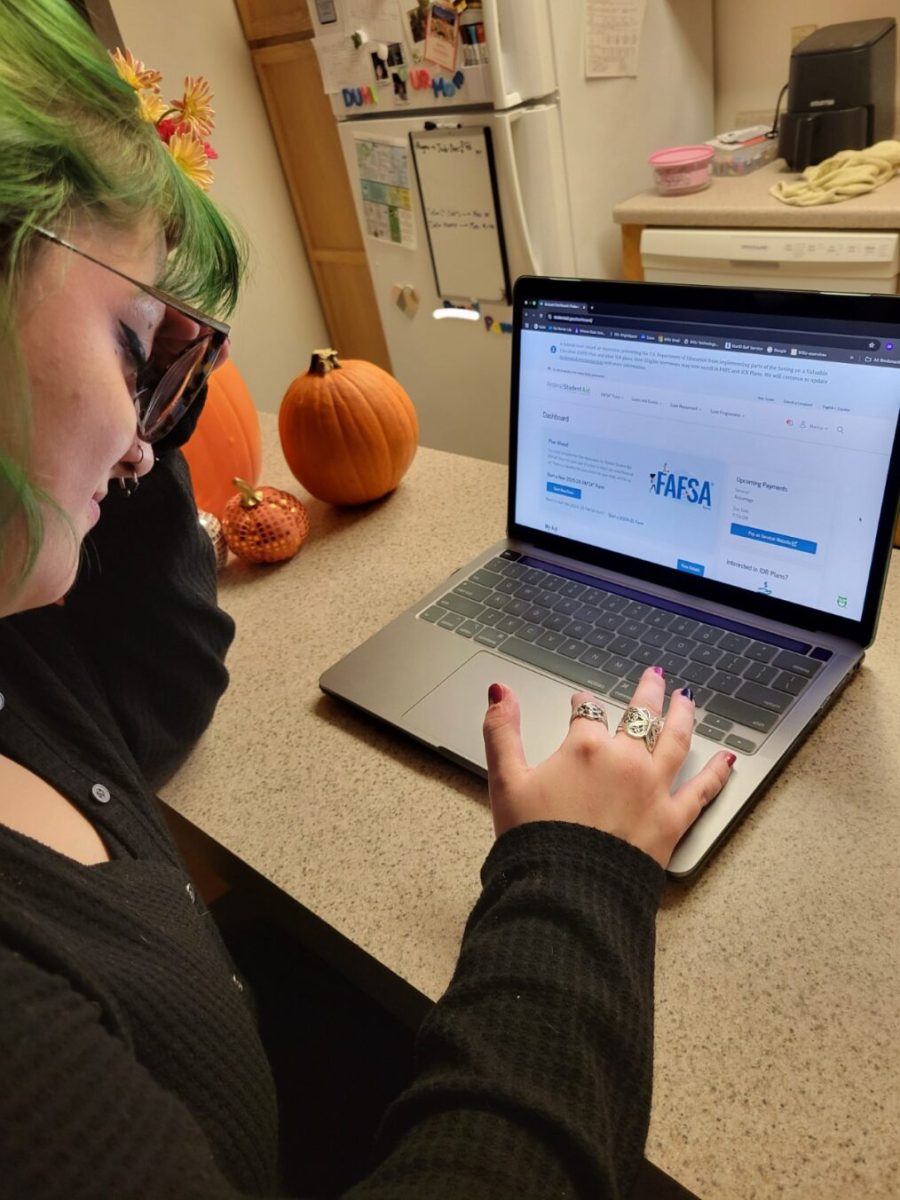Sami Schwanke/Winonan
Though bats are appropriate mascots for the Halloween season, live bats are not always appreciated inside someone’s home.
Inexpensive, off-campus student housing has been known for its bat infestations.
Seniors Angie Arends and Cara Luebke lived in an older apartment near downtown last year and experienced a bat invasion firsthand.
“We found a dead one upstairs,” Luebke said. “My friend had a really hard time [with it]. She was terrified!”
According to Luebke’s landlord, the culprit must have been a small hole in the structure.
That’s more than enough for a small, limber bat to exploit.
“The landlord basically just sealed up any holes he could find,” Luebke said. “In my past house there was one, and I know another friend with them.”
Arends was lucky enough to live on a lower level of her apartment building.
“There was only one [bat] in my apartment, but plenty in the upper levels,” Arends said.
One, however, was enough for Arends.
“It was frustrating and frightening,” she said.
Arends said bat problems were a common issue amongst her friends who lived off campus, and that she knew plenty of people with similar stories about hectic bat chases.
Frustrating as their experience was, both Luebke and Arends, though, were also aware of the environmental benefits of bats.
Bats eat many pesky insects, such as mosquitoes and agricultural pests. According to Bat Conservation International, they represent a vital part of the local ecosystem.
That doesn’t mean bats are the best roommates. According to Winona County’s website, bats and skunks are the two most common wild animals to carry rabies.
Because of this, it is important to know how to properly remove a bat from one’s household.
Bat Conservation International and Winona County suggests waiting until the bat has landed on a wall and then gently covering it with a container, slowly slipping a lid underneath the container and trapping the bat inside.
In the interest of preventing bites and infections, wearing thick gloves during this process is essential.
Winona Country suggests contacting the University of Minnesota Veterinary Diagnostic Laboratory for rabies testing.
This can usually be done through a local veterinary clinic. Winona Animal Control can also be contacted to help.
Contact Sami at SSchwanke10@winona.edu









































